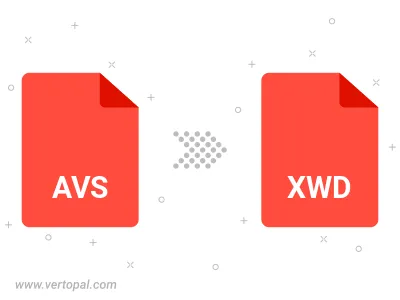Convert AVS to XWD
Convert AVS images to XWD format, edit and optimize images online and free.

The AVS (Application Visualization System) X Image file format, developed by Stardent Computer for UNIX systems, is a high-end raster image format designed for scientific visualization and complex data representation. Its true-color images with an alpha channel provide superior image integrity and transparency capabilities, ensuring accurate and clear visual data. Despite the emergence of newer formats, AVS X Image's uncompressed nature maintains its relevance in professional IT applications.
The XWD (X Windows Dump) file extension refers to an uncompressed bitmap image format used by the X Window System to store screen captures or "screen dumps" of windows or backgrounds. Developed by the X Consortium, it captures images of graphical user interfaces on UNIX and Linux platforms. The format, originating with X10 and later used in X11, is known for its large file sizes due to the lack of compression. XWD files are typically used for debugging and documentation purposes within the realm of computer graphics.
Choose the AVS image you want to convert by browsing your device.
Check the preview and configure AVS to XWD tools before proceeding.
Allow the system to complete the XWD conversion, then download your file.

Prepare Vertopal CLI to process AVS image and deliver XWD image.